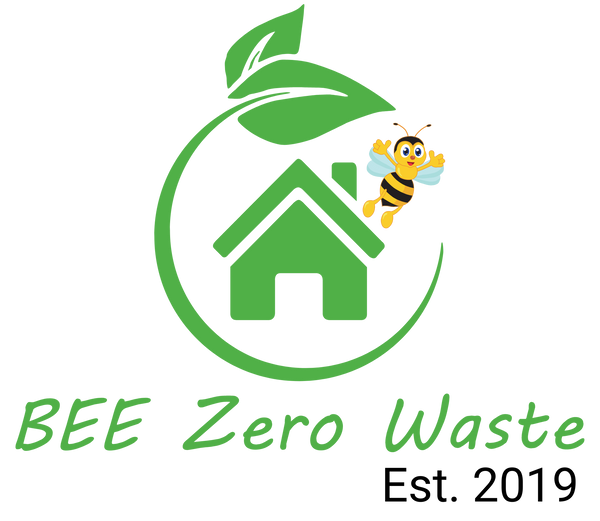Mastering the Art of Queen Bee Introduction: A Comprehensive Guide
Introducing a new queen bee into a colony is a critical and delicate process, essential for maintaining the health and productivity of a hive. Despite the numerous methods available for queen introduction, it's important to understand that success is not always guaranteed. This guide aims to offer valuable insights for beekeepers looking to navigate the complexities of queen introduction, emphasizing that this is merely a guide and not a foolproof guarantee of success.
Preparing for Queen Introduction: Ensuring a Queenless Hive
Before introducing a new mated queen, it's imperative to confirm that the hive is indeed queenless. This may seem obvious, yet it's a crucial step. The presence of a virgin queen or existing queen cells can lead to the rejection of the new queen, as the colony might prefer to raise their own successor.
Steps Before Introducing a Mated Queen
If Replacing an Existing Queen:
- Remove the current queen approximately 48 hours before the introduction of the new queen.
For an Already Queenless Colony:
- Conduct a thorough inspection to rule out the presence of a virgin queen and queen cells.
- Check for signs of laying workers, indicated by multiple eggs in cells, which is a condition that needs addressing before the introduction.
The Introduction Process
The new queen will arrive in a specially designed queen cage, accompanied by attendant workers and a candy plug. Upon arrival, offer the bees some water by smearing a droplet on the cage. This hydration step is crucial as the bees will likely be thirsty from their journey.
Observations and Preparations
Inspect the colony once more to confirm its queenless status, ensuring no new queen cells or virgin queens have emerged. Destroy any found queen cells to prevent internal competition.
Introducing the Queen Bee
There are differing opinions on whether to introduce queens with or without attendant workers. Introducing queens alone is often preferred to avoid potential hostility from the hive's workers towards the attendants from another colony. If you decide to remove the attendant workers, do so carefully in a controlled environment to prevent the queen from escaping.
Finalizing the Introduction
Place the queen cage between the brood nest's center frames, ensuring the candy end is positioned downwards. This placement allows the hive's bees to gradually release the queen by chewing through the candy. It's vital not to disturb the hive for two weeks to ensure the queen is fully accepted and begins laying.
Addressing a Drone Laying Queen
A drone laying queen, one that only lays unfertilised drone eggs, indicates a failing colony. The approach to dealing with such a queen varies by season, with spring discoveries often leading to a recommendation of combining the colony with another or shaking out, due to the old age of worker bees and the unlikelihood of successfully requeening.
Managing Laying Workers
Laying workers arise in queenless colonies, laying only drone eggs. This scenario often results in the rejection of a new queen. The most effective solution is to shake out the colony, allowing non-laying workers to return to the original or nearby hives, potentially supporting a new queen introduction.
Conclusion
Queen introduction is a nuanced and critical aspect of beekeeping, requiring patience, observation, and adaptability. While this guide provides foundational steps and considerations, the unique circumstances of each hive will ultimately guide the beekeeper's approach. Remember, beekeeping is as much an art as it is a science, with each hive teaching its own valuable lessons.

